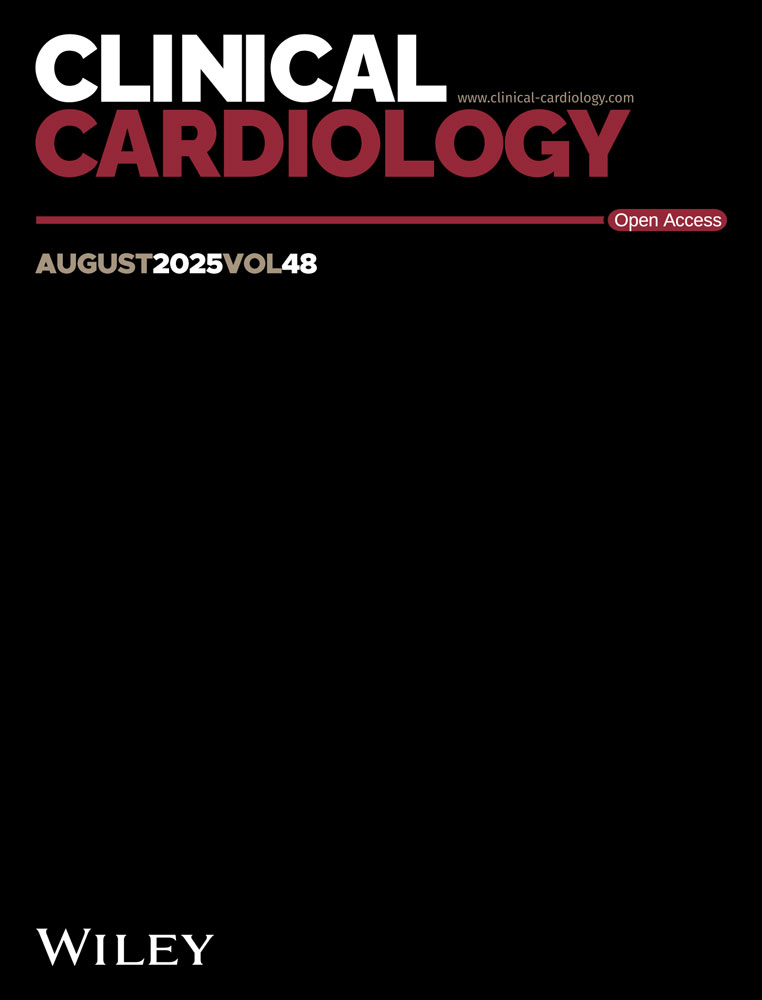Dobutamine as bridge to angiotensin-converting enzyme inhibitor-nitrate therapy in endstage heart failure
Abstract
Background: Intravenous inotropic intervention in congestive heart failure is generally associated with a poor prognosis and is largely used as a “bridge” to mechanical support or heart transplantation.
Hypothesis: We hypothesized that the inotropic support afforded by dobutamine may serve as a bridge to the introduction and intensification of angiotensin-converting enzyme (ACE) inhibitor-nitrate therapy.
Methods: We studied the efficacy of transitioning inotrope-dependent patients in endstage heart failure from intravenous dobutamine to high-dose ACE inhibitor-nitrates, with 1-year follow-up. Forty-nine sequential dobutamine-dependent patients with left ventricular ejection fraction (LVEF) 17 ± 17% were treated with increasing lisinopril (1.9 ± 1.5 to 46 ± 28 mg/day) and isosorbide dinitrate (7 ± 6 to 229 ± 161 mg/day). Outpatient dobutamine was continued or repeat infusions pursued, as indicated, and dobutamine was tapered when feasible.
Results: During the following year, 14 of 49 patients required repeat dobutamine, with home treatment with dobutamine for 6.3 ± 3.7 months (n = 5). At 1 year, New York Heart Association (NYHA) classification improved from 3.6 ± 0.5 to 1.9 ± 1.0, p < 0.0001; yearly hospitalizations fell from 2.7 ± 2.3 to 1.2 ± 3.0, p = 0.02; and LVEF rose from 17 ± 7% to 24 ± 11%, p < 0.0001. At 1 year, 14 patients who remained dobutamine dependent had significantly more severe symptoms than dobutamine-independent patients (n = 35). Transplant or death occurred in 7 of 14 patients with follow-up dobutamine, and in 5 of 35 patients free of subsequent dobutamine, p = 0.03. Patients with poor outcome (transplant n = 10, death n = 12) continued to be more limited (NYHA 2.7 ± 0.9 vs. 1.7 ± 0.9, p = 0.0002), with more follow-up hospitalizations (3.6 ± 5.4 vs. 0.6 ± 0.8, p = 0.0004), and no improvement in LVEF (17 ± 8 vs. 28 ± 11%, p = 0.003).
Conclusions: Of the patients on dobutamine inotropic support, 70% were successfully transitioned to ACE inhibitor-nitrate therapy, with improved symptoms and LVEF, and with reduced hospitalizations and follow-up dobutamine or transplant. Thirty percent of patients with continued need for dobutamine had a significantly poorer 1-year clinical outcome.




